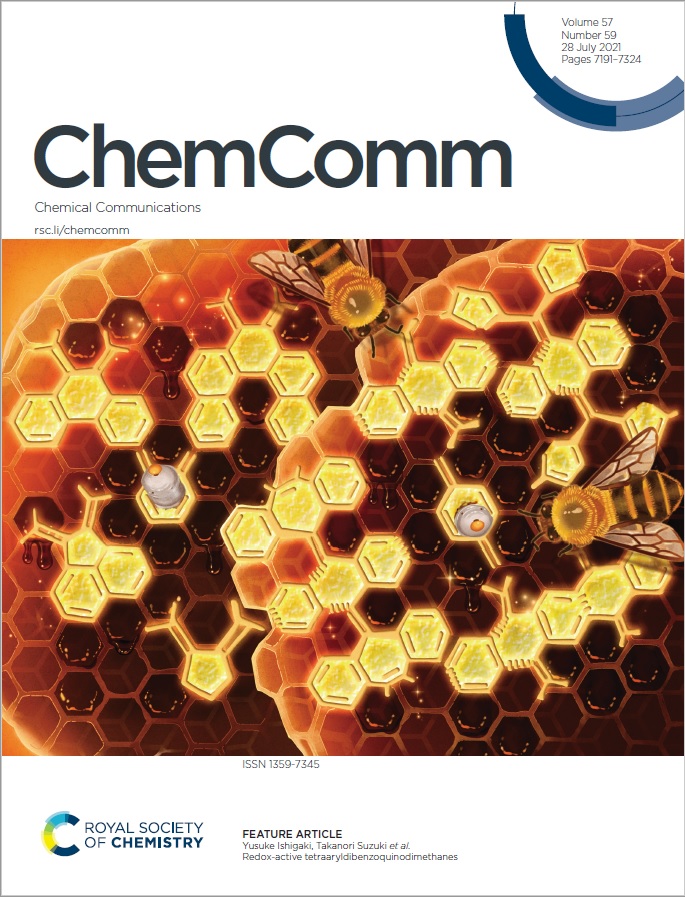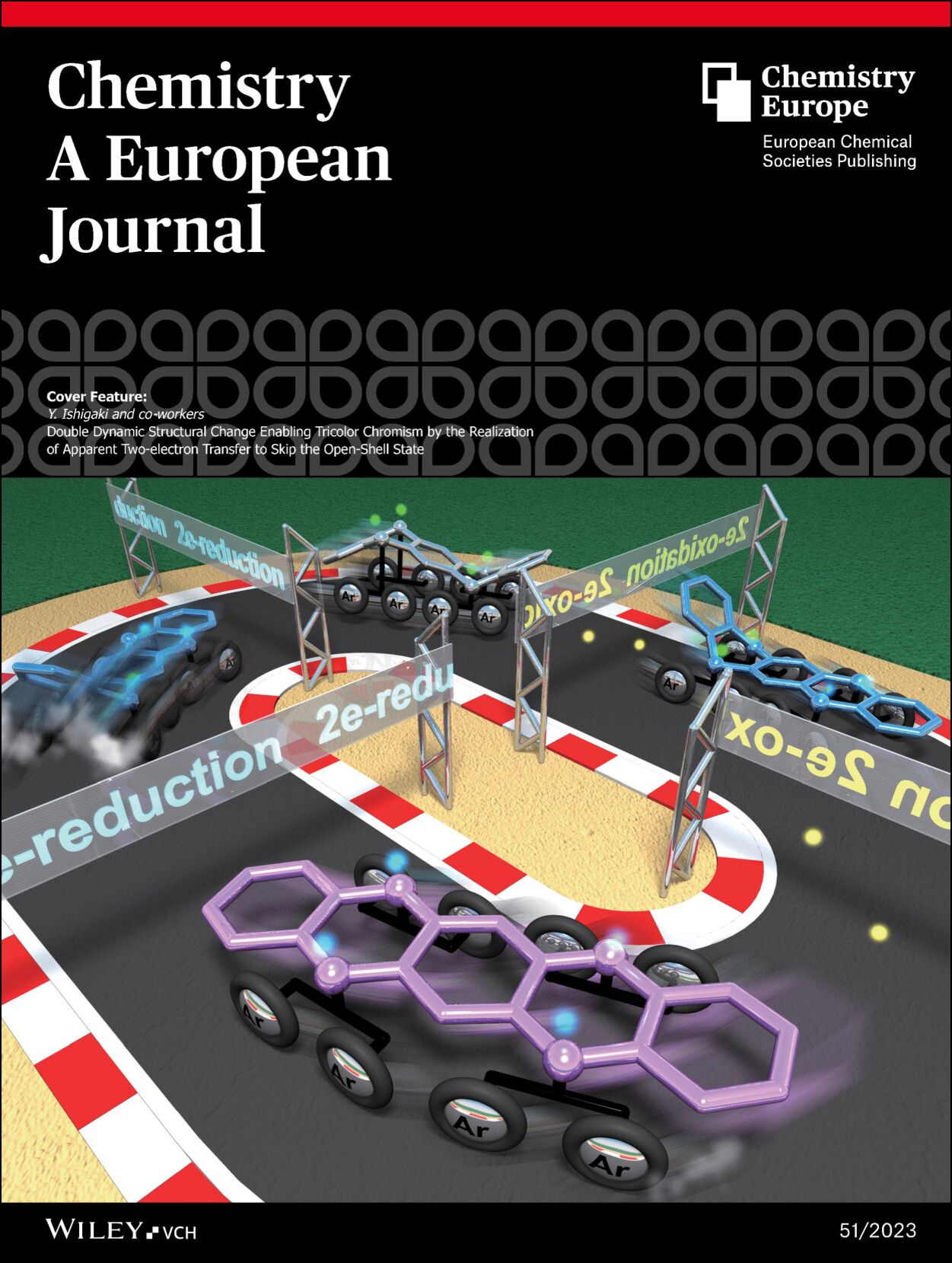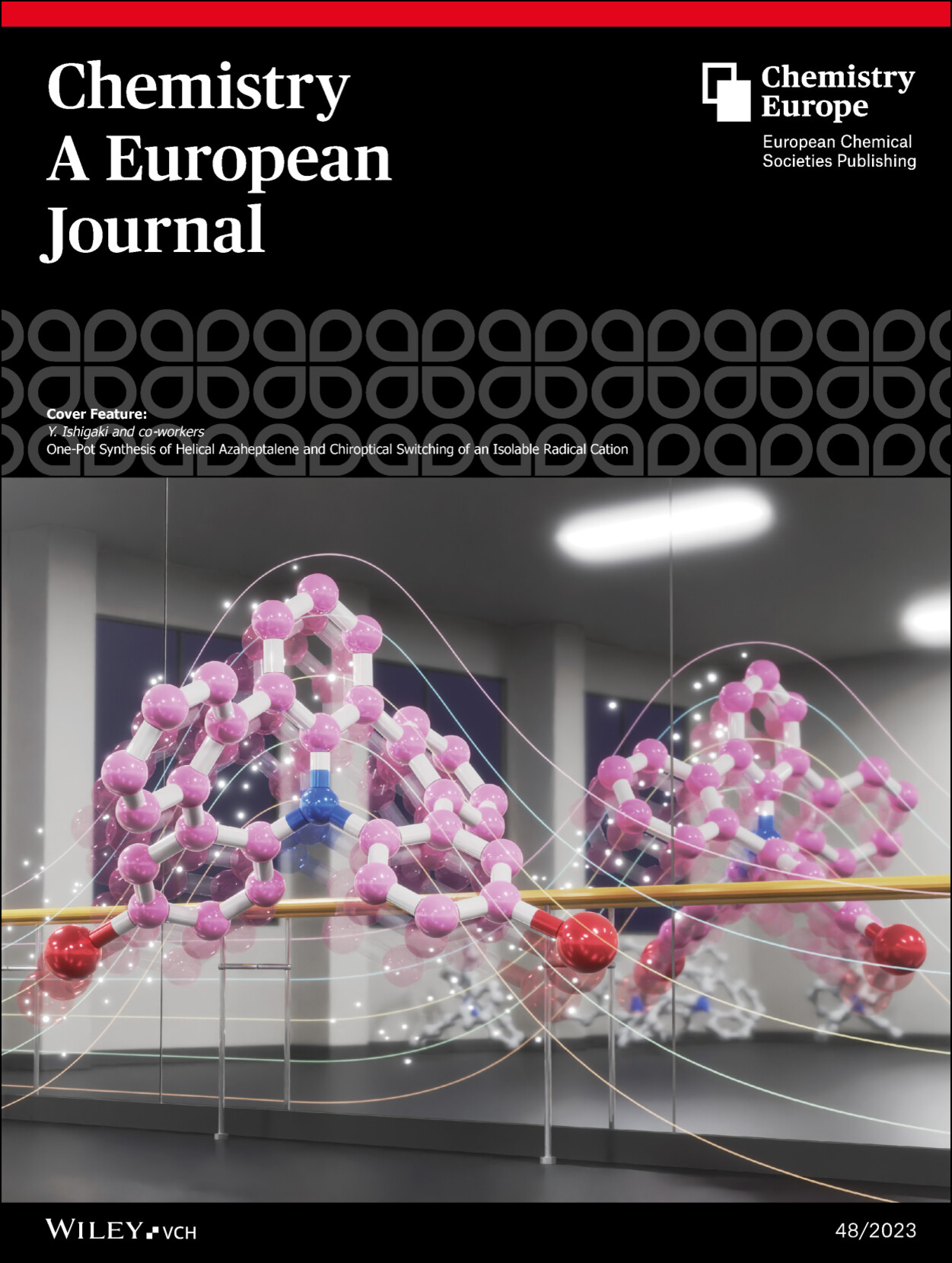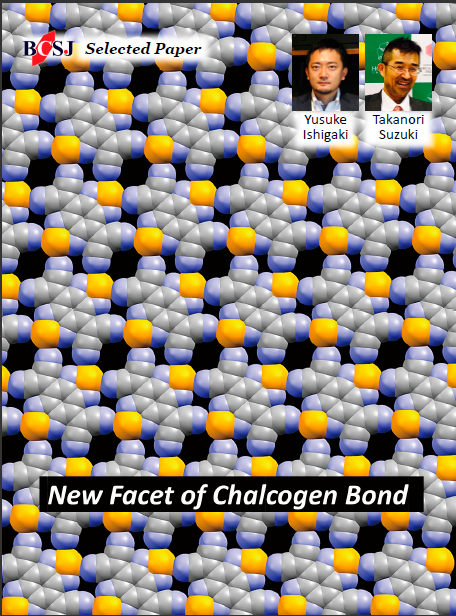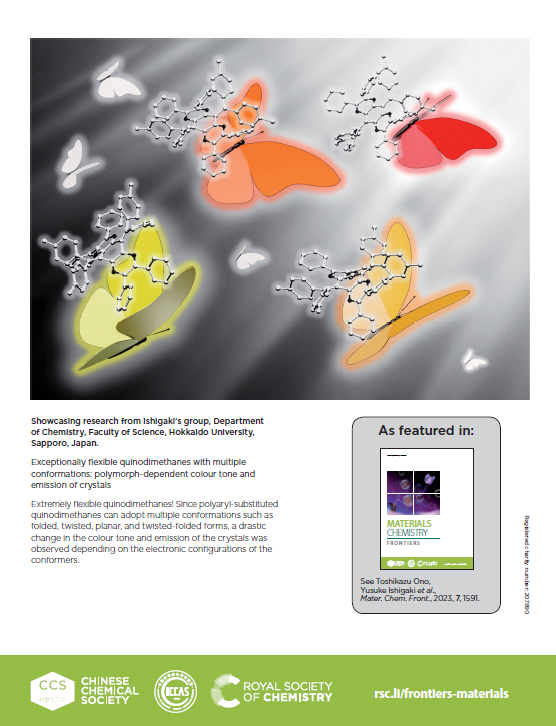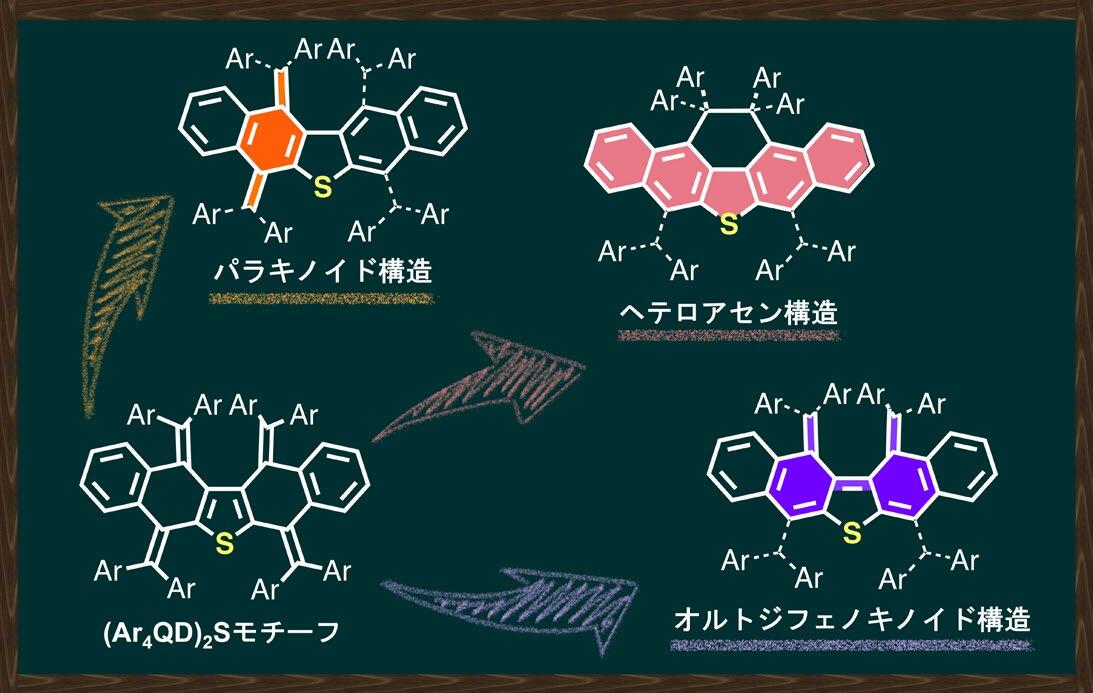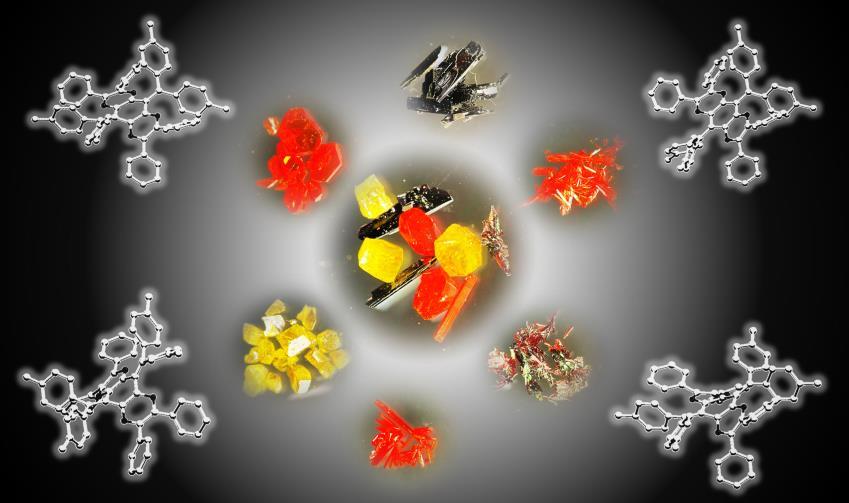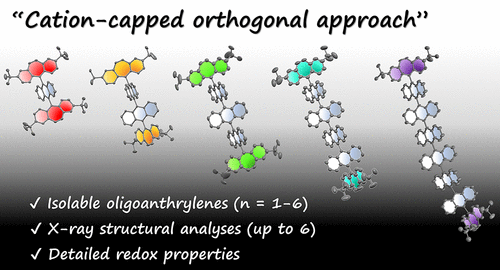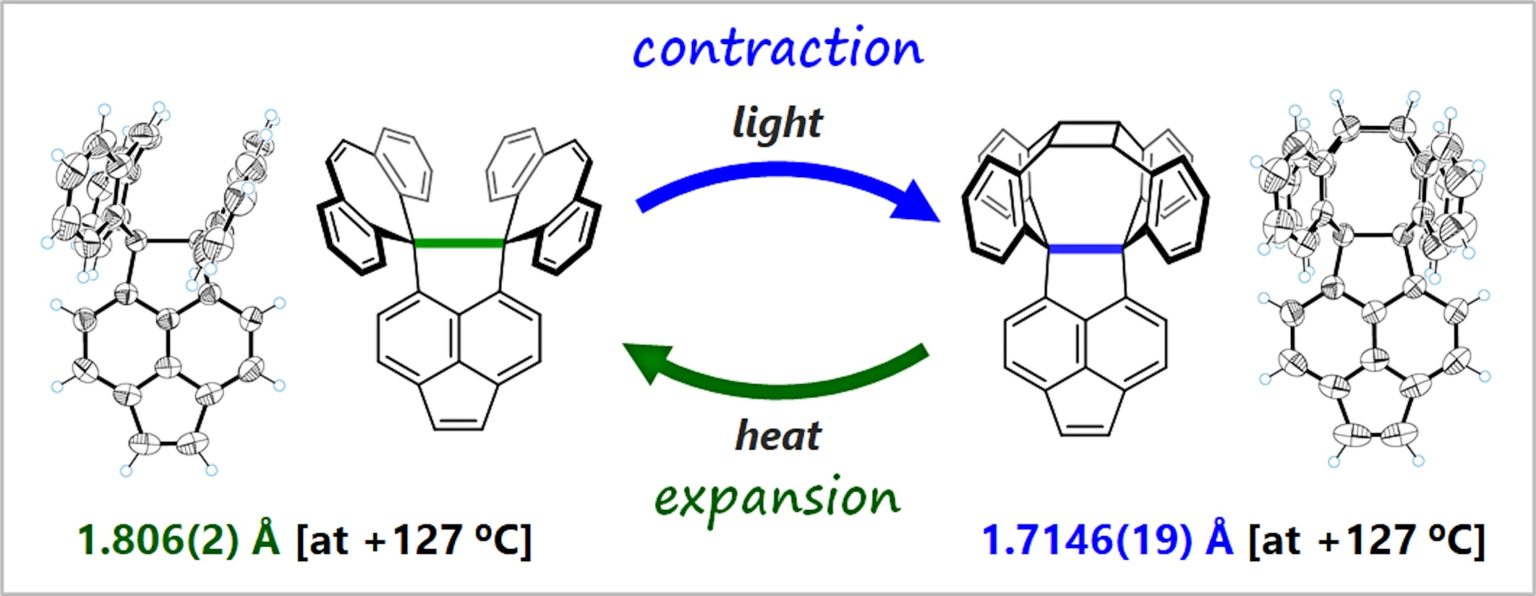SUZUKI Takanori
Professor
From Hokkaido to Top Organic Chemistry in the World
Department of Chemistry, Organic and Biological Chemistry
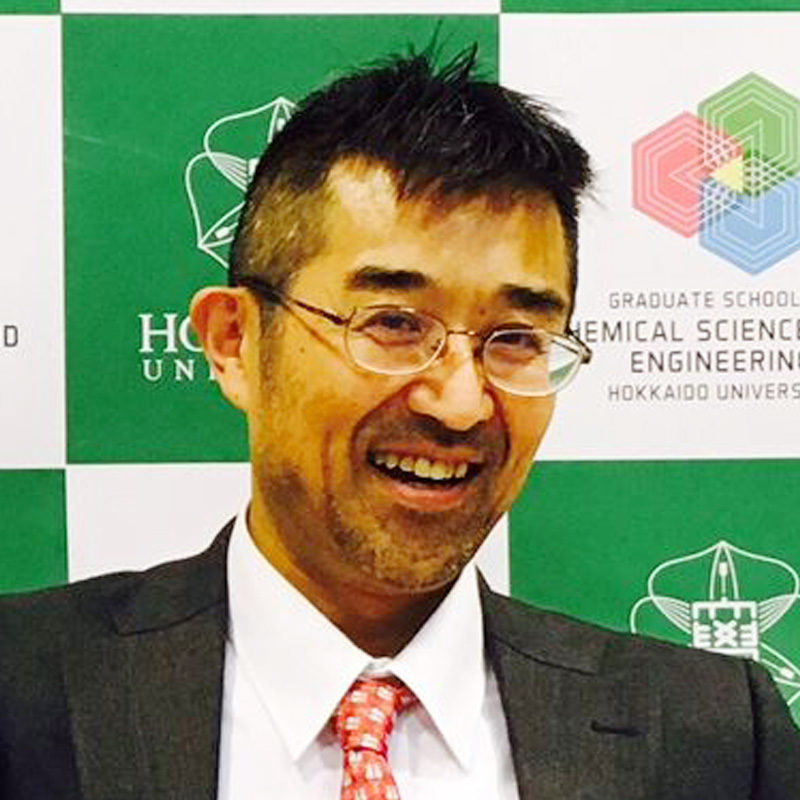
| Theme | Studies on Dynamic Redox Systems: Construction of Record-breaking Strained Compounds and Development of Unimolecular Memory |
| Field | Structural Organic Chemistry, Organic Chemistry, Physical Organic Chemistry |
| Keyword | Highly strained compounds, Dynamic Redox systems, Electrochromism, Mechanochromism, Dication, Hyper covalent bond |
Introduction of Research
The carbon–carbon covalent bond is one of the most basic concept in organic chemistry. Bond length, bond angle, and torsion angle among carbon atoms are nearly constant on the basis of their hybrid orbitals. On the other hand, highly strained hydrocarbons such as sterically-congested and/or curved polycyclic aromatic hydrocarbons as well as cyclic π-conjugated molecules have attracted much attention with regard to their characteristic features. We focused on two types of redox-active molecules with a extremely elongated C-C single bond (Hyper covalent bond with a bond length beyond 1.8 Å) or a strained double bond, for which unique electrochromic behavior was observed upon oxidation to give deeply colored cationic species.
Representative Achievements
T. Suzuki, W. Nojo, Y. Kawada, S. Sugiyama, T. Ikeuchi, Y. Ishigaki, H. Ohno
Asian J. Org. Chem. 2025, 14, e202400695.
T. Shimajiri, S. Kawaguchi, T. Suzuki, Y. Ishigaki
Nature 2024, 634, 347-351.
Y. Ishigaki, S. Mizuno, T. Harimoto, T. Shimajiri, T. Suzuki
Chem. Asian J. 2024, 19, e202400316.
Y. Ishigaki, S. Mizuno, K. Sugawara, T. Hashimoto, S. Suzuki, T. Suzuki
Chem. Eur. J. 2024, 30, e202400916.
T. Harimoto, T. Tadokoro, S. Sugiyama, T. Suzuki, Y. Ishigaki
Angew. Chem. Int. Ed. 2024, 63, e202316753.
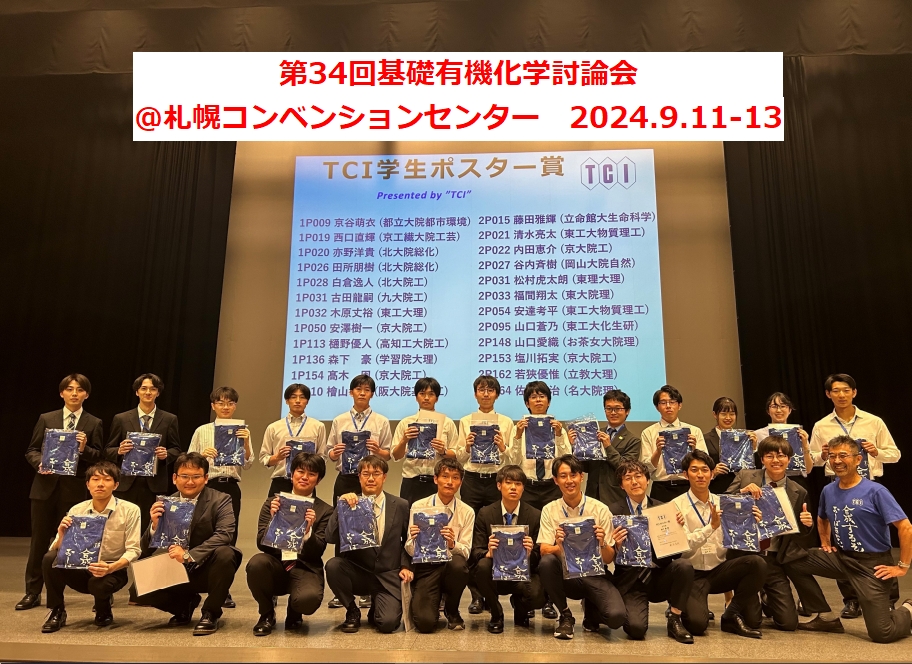
Related industries
| Academic degree | Ph.D. |
| Academic background | 1984 B.S. Department of Chemistry, Faculty of Science, Tohoku University 1986 M.S. Department of Chemistry, Graduate School of Science, Tohoku University 1988 Ph.D. Department of Chemistry, Graduate School of Science, Tohoku University 1988-1989 JSPS Research Fellow (PD), Tohoku University 1989-1994 Assistant Professor, Department of Chemistry, Faculty of Science, Tohoku University 1995-2002 Associate Professor Department of Chemistry, Faculty of Science, Hokkaido University 2002- Professor, Department of Chemistry, Faculty of Science, Hokkaido University |
| Affiliated academic society | The Chemical Society of Japan, The Society of Physical Organic Chemistry, Japan, The Society of Synthetic Organic Chemistry, Japan |
| Room address | Science Building 6 #6-504 |

